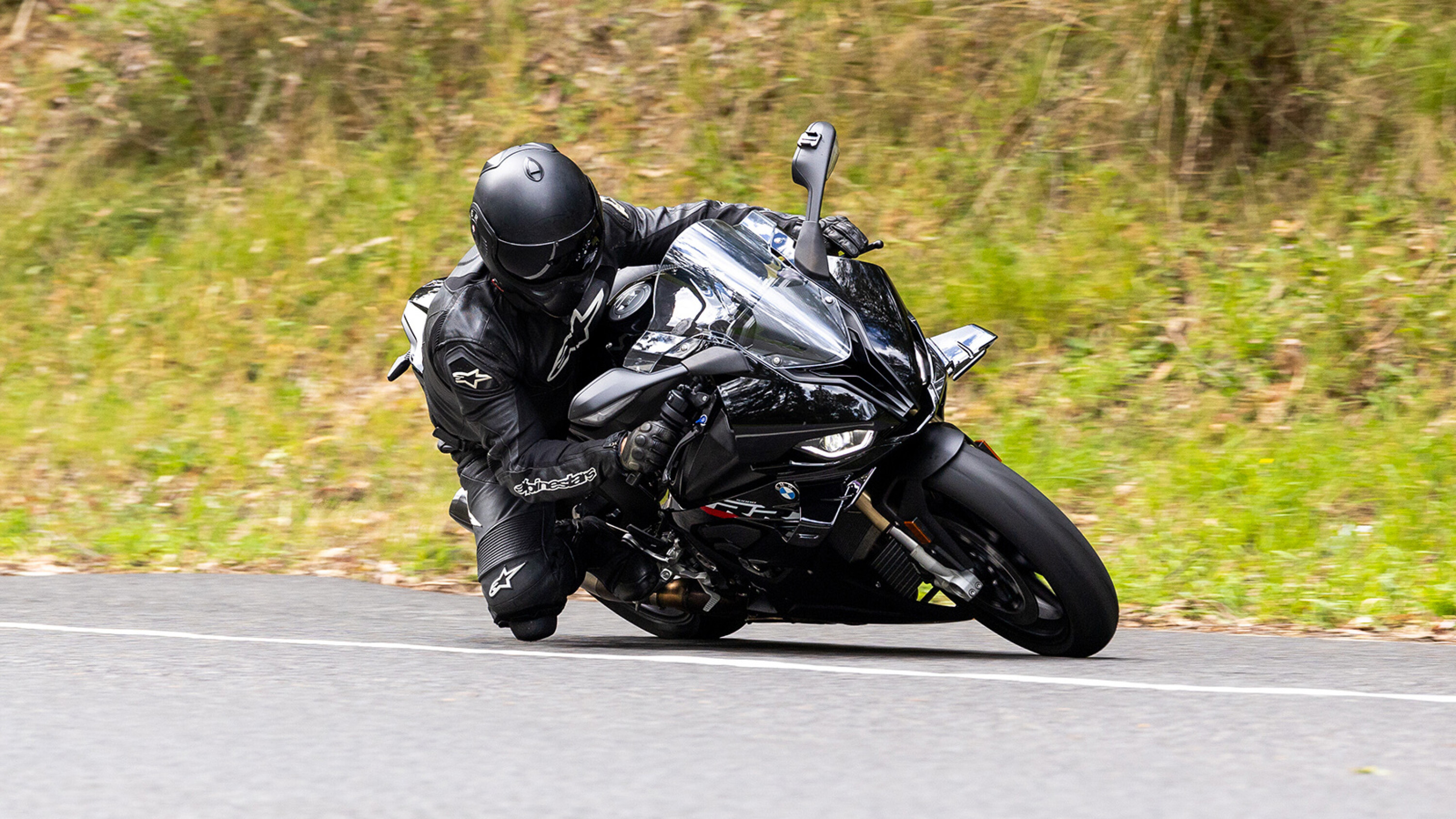
According to the clever sport readout, I all but equalled my personal best lap times at Phillip Island – but on the ride home, I felt like I’d only scratched the surface of the S 1000 RR Race’s track capabilities
JUMP AHEAD
- How much is it, and what do you get?
- Where is this model in its lifecycle?
- How do rivals compare on value?
- Build quality and comfort
- What is it like to ride?
- How is it on fuel?
- How safe is it?
- VERDICT
- Specifications

How much is the BMW S 1000 RR, and what do you get?
This ‘Race’ version will set you back $31,690 – about $4k more than the base machine.
That extra coin nets you the Dynamic Package goodies (Dynamic Damping, heated grips, cruise control and Riding Modes Pro), along with M forged wheels, sports silencer, tyre pressure monitoring, M endurance chain and a head-spinning array of standard features (see below).
| 2023 BMW S 1000 RR Race features | |
|---|---|
| 6.5 inch TFT display with Bluetooth connectivity | Riding Modes Prou00a0 |
| Sports display with lap timer and lean angles | Cruise control |
| Navigation (When linked to BMW Motorrad Connected app) | Heated grips |
| Dynamic Traction Control (DTC) | Dynamic Damping Control (DDC) |
| Quickshifter (up and down) | Launch control and pit lane limiter |
| Hill start assist | USB port |
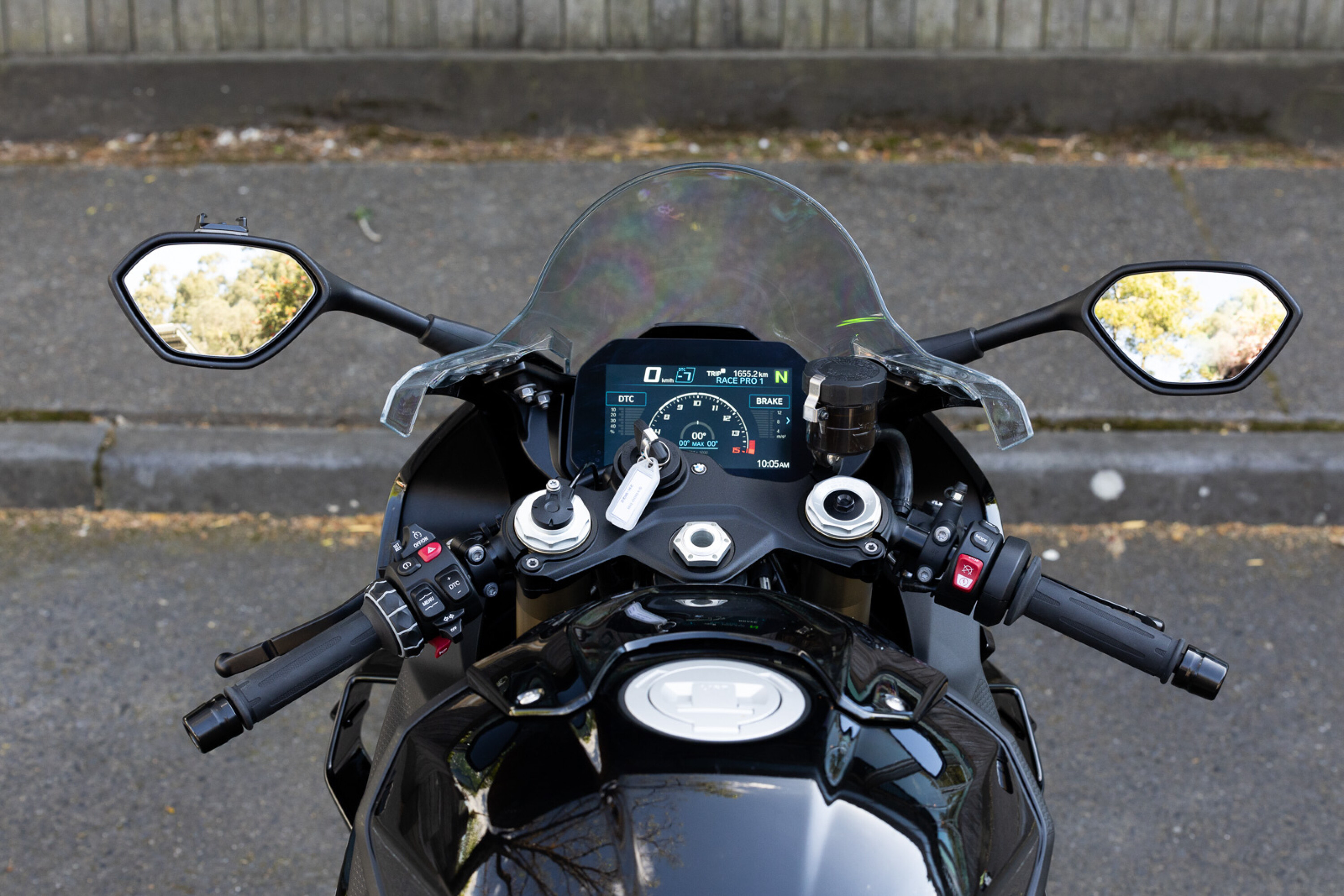
Where is this model in its lifecycle?
The 2023 S 1000 RR borrows componentry previously only found on the top-spec M 1000 RR, along with some bespoke updates all of its own.
The biggest visual changes are the taller screen and new aero winglets that adorn the fairing below the glaring LED framed headlights which, combined with the Black Storm Metallic paint, give this example a purposeful, weapons-grade aura.
Beneath the sharply styled fairings, the 1000cc inline four-cylinder motor gets a hike in power to 154kW, while the chassis also gets sprinkled with M Sport seasoning including upgraded brakes, battery, and suspension components.
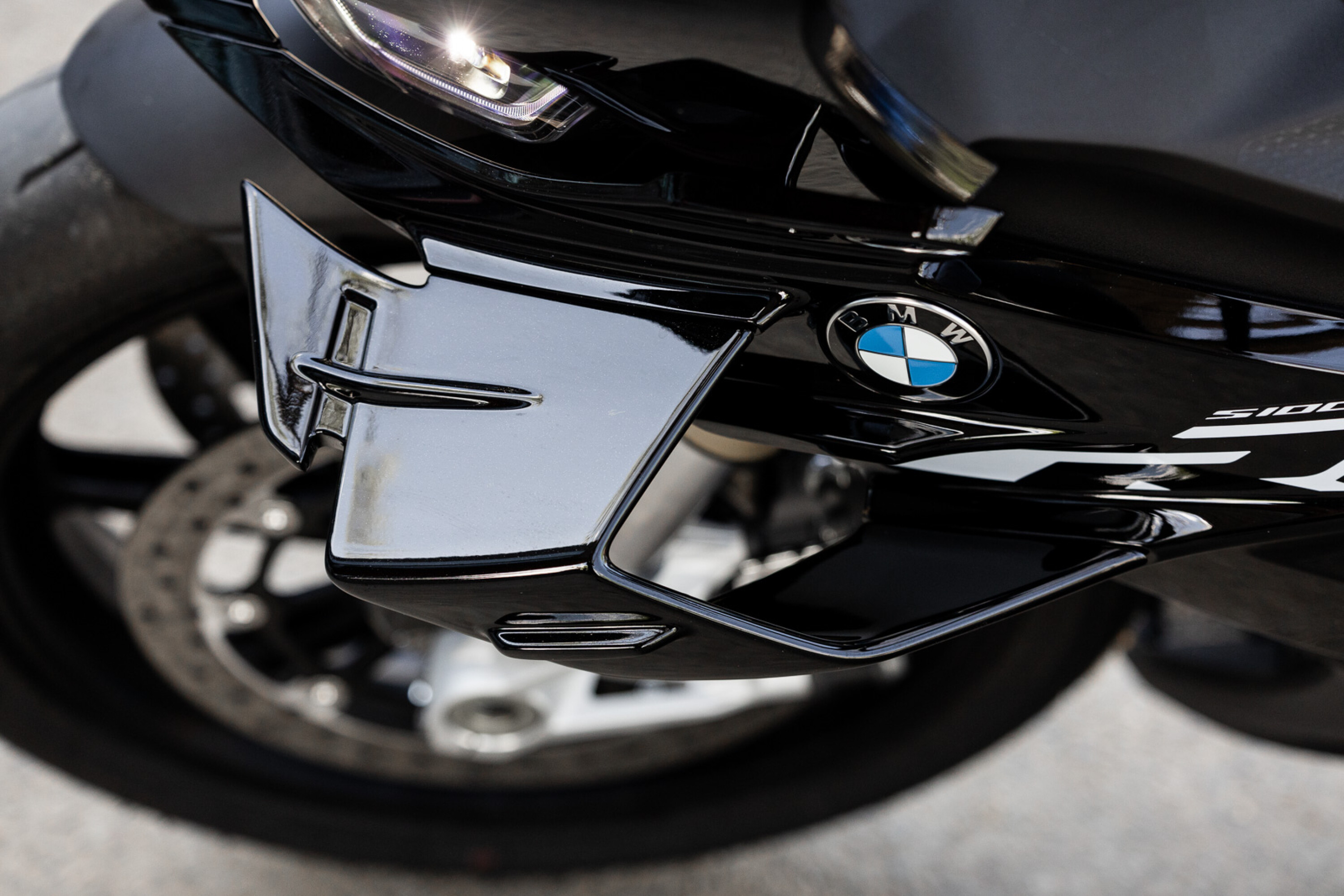
The Dynamic Package electronics suite now includes Dynamic Damping Control (DDC), which adjusts the front and rear damping by interpreting changes in ride height signals on the fly.
It comes with four preset levels depending on the ride mode (Rain, Road, Dynamic or Race), and can be further configured in the new Race Pro riding modes.
Advancements to the DTC and ABS Pro systems, along with addition of a new steering angle sensor, mean the S 1000 RR now also comes with Slide Control and Brake Slide Assist functions, theoretically allowing its pilot to imitate GP stars by drifting into and out of turns.
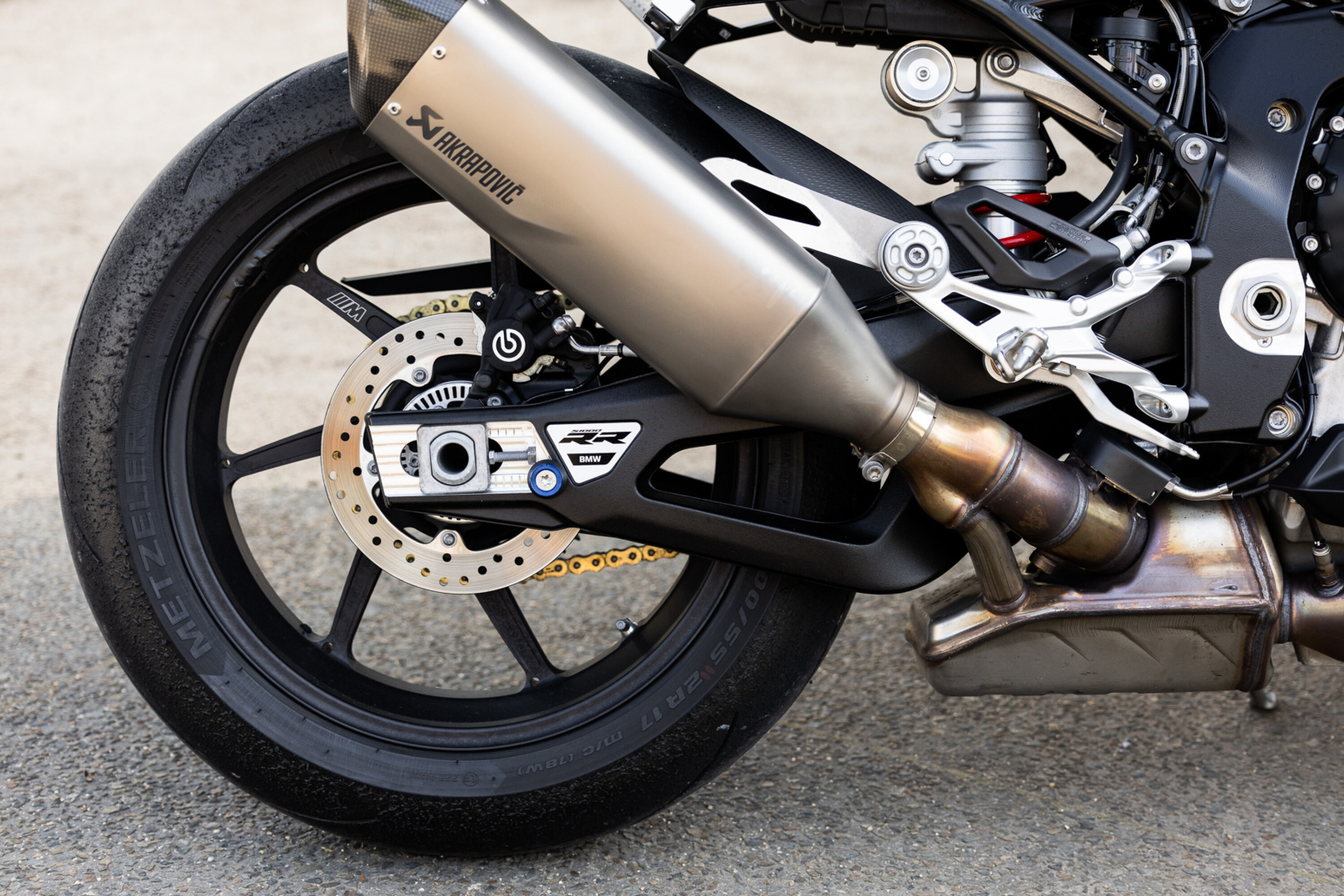
How do rivals compare on value?
Gone are the days when European models were more expensive than their Japanese counterparts, with Honda, Yamaha, Kawasaki and Suzuki all raising prices significantly over the past few years.
Of those, Kawasaki’s 156kW ZX-10R ABS and Yamaha’s 147kW YZF R1 get closest in terms of features and price at $29,097 and $29,349, respectively, while the pasta-slinging rivals weigh in at $31,990 for the 162kW Aprilia RSV4 1100, and $35,600 for the 160kW Ducati Panigale V4.
In order to access semi-active suspension with any of the above brands you’d need to stretch to their more premium model variants, pushing prices into $40k territory, or a wallet-combusting $55,536 in the case of Honda’s CBR1000RR-R SP.
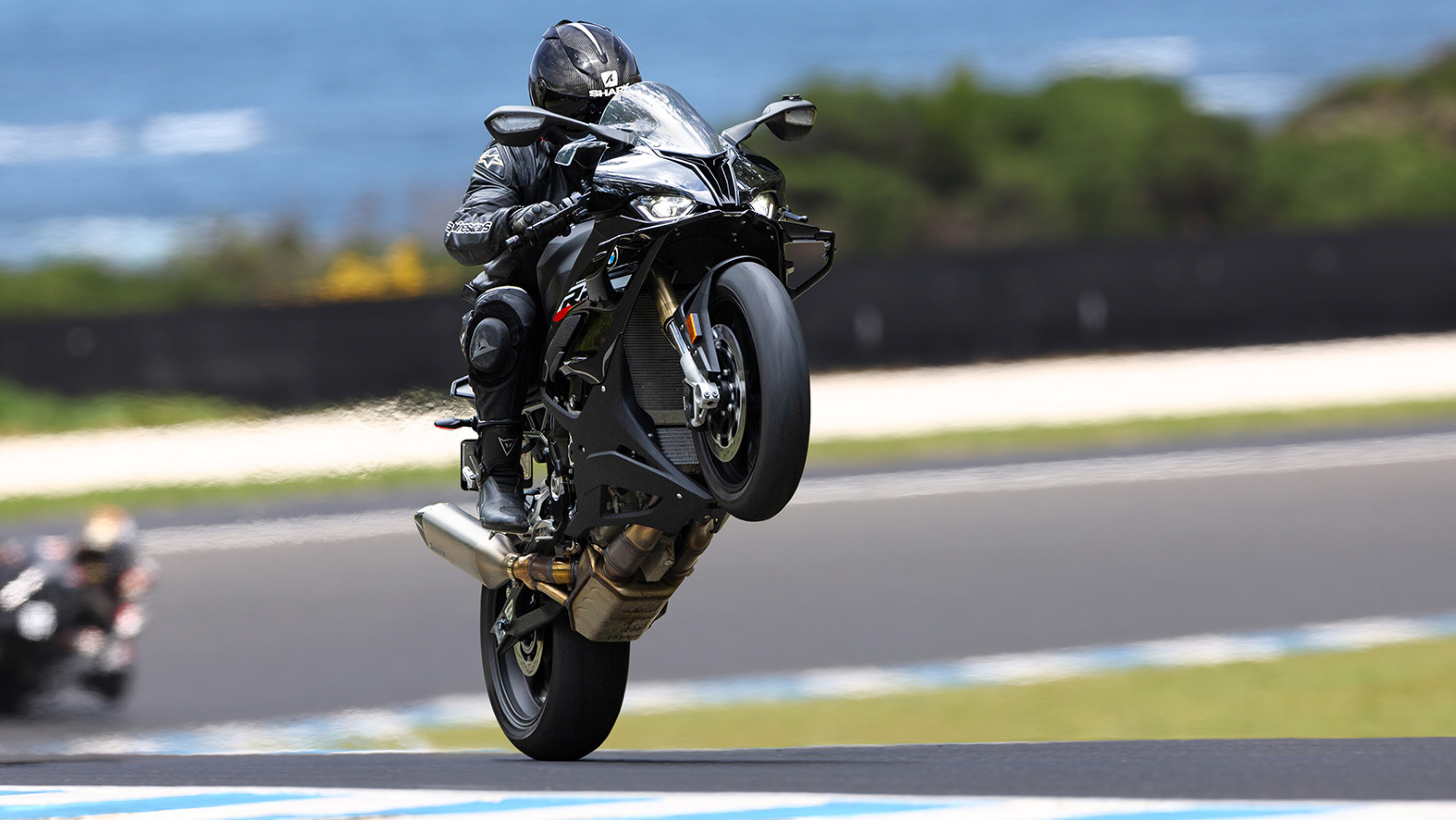
BMW S 1000 RR build quality and comfort
The fit and finish feels precise and bulletproof, with touchpoints such as the clutch, brakes, throttle and switchblocks all reassuringly solid and consistent.
Despite the plethora of functions and configurability, the beautiful and intuitive digital display interface mean you won’t get lost down an electronic rabbit hole.
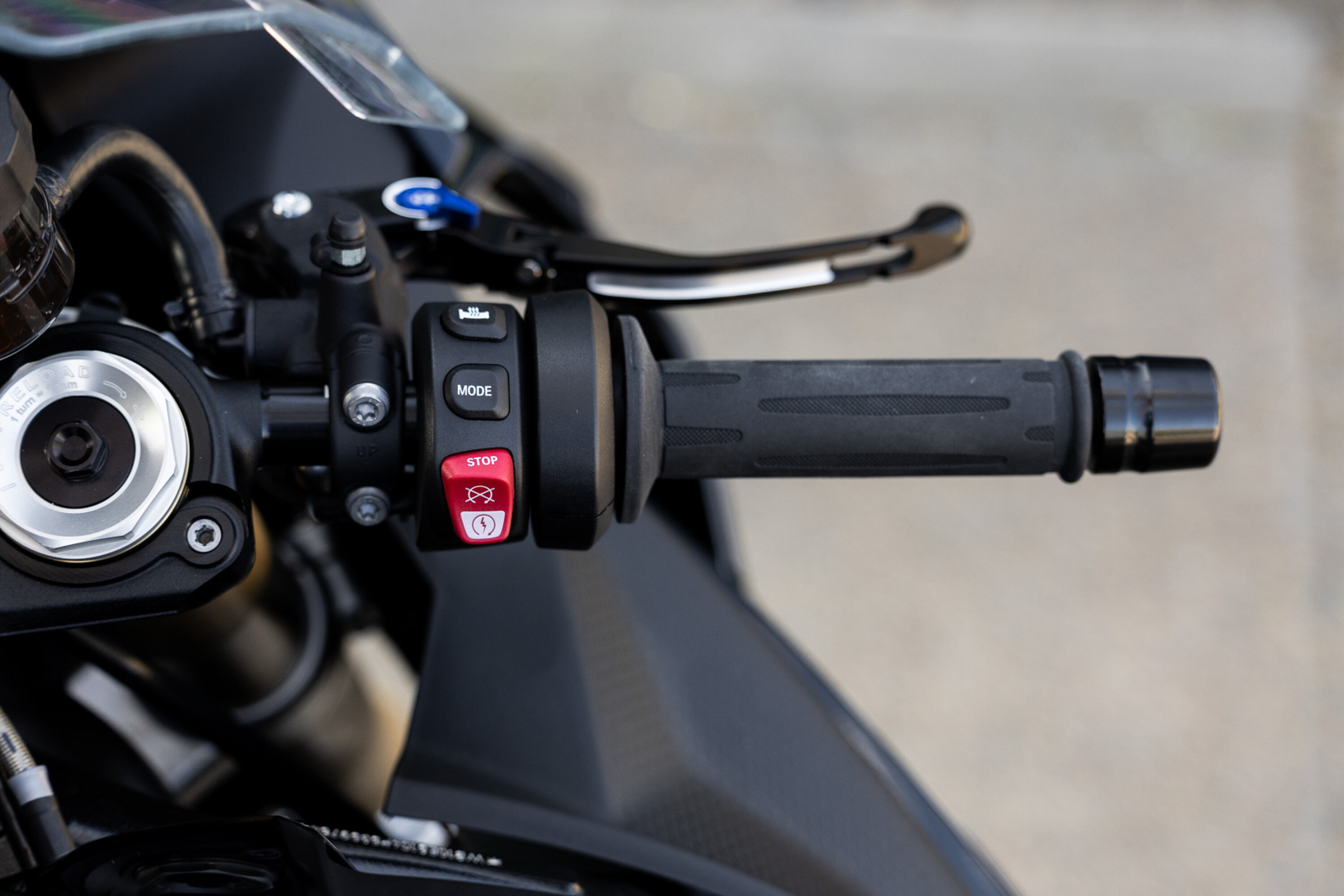
The S 1000 RR is actually more accommodating than most crotch rockets
You might imagine a thoroughbred supersports machine with ‘Race’ in its title would be about as comfortable as a fence post with handlebars, but the S 1000 RR is actually more accommodating than most crotch rockets, with a seating position that feels natural rather than medieval.
Though no true sportsbike could be properly described as comfortable, a single-day blast to a Phillip Island trackday from Melbourne was made feasible without the need for a spine realignment procedure afterwards, thanks to simple-to-use conveniences like heated grips, softer damping presets and cruise control.
The only slight gripe is that the right heel guard places my foot slightly wide on the peg, though this was more of an issue while wearing armoured race boots.
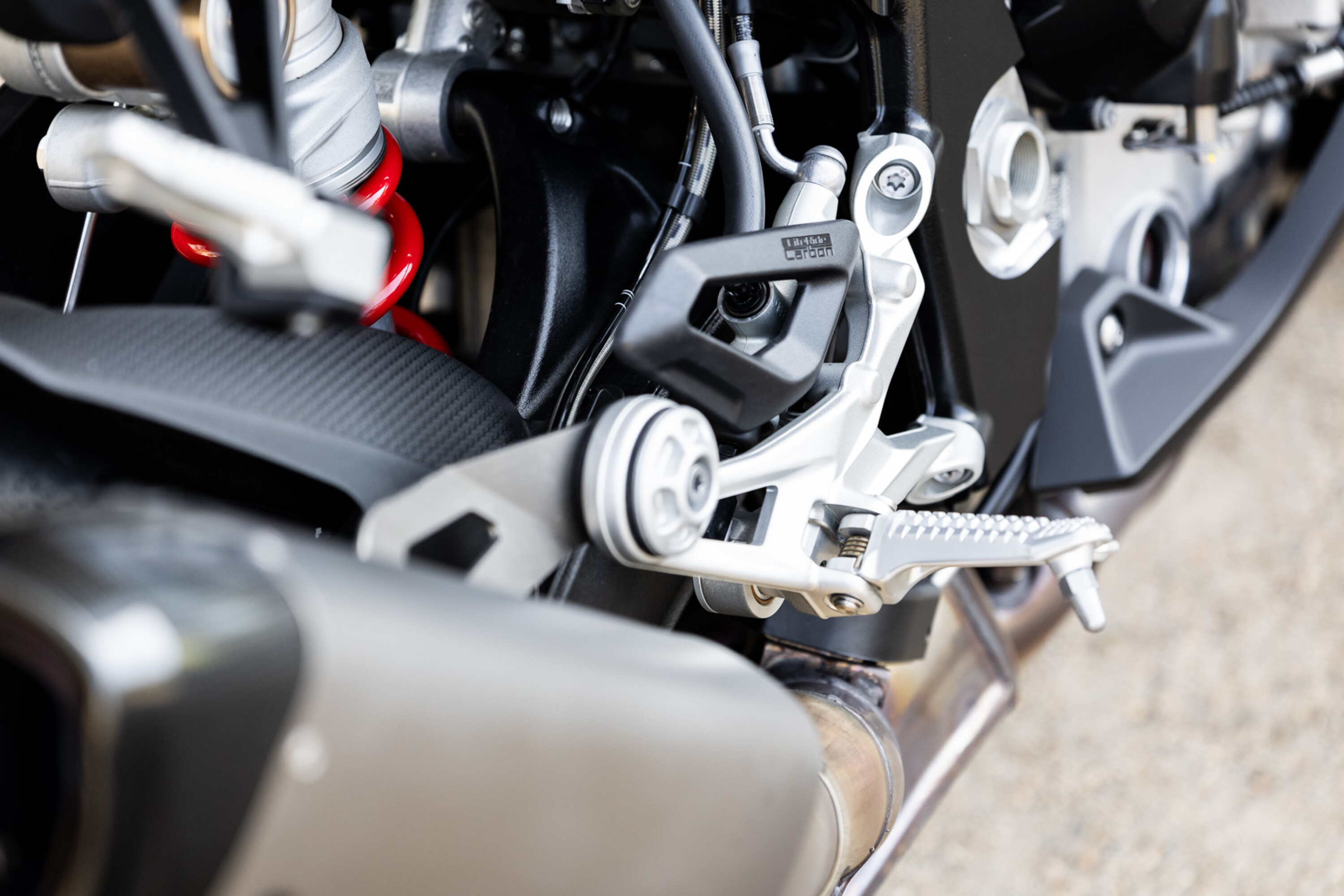
What is the BMW S 1000 RR like to ride?
It won’t come as a surprise that the RR possesses mind-scrambling acceleration and power, but what’s really staggering is how well the updated chassis and electronics allow you to harness all that potential.
With the highest average speeds of any MotoGP track, the Phillip Island GP circuit demands a stable but communicative chassis to be attacked with fervour. Hayshed in particular has an ultra-fast entry speed without much exit room, and it’s not generally a section where I have the confidence to get my knee down.
After some tentative laps spent warming up the excellent Metzeler Racetek rubber, though, the tied-down feeling from the DDC-assisted chassis allowed me to commit hard to my line, and I was soon greeted by the sweet sound of a knee puck kissing tarmac.
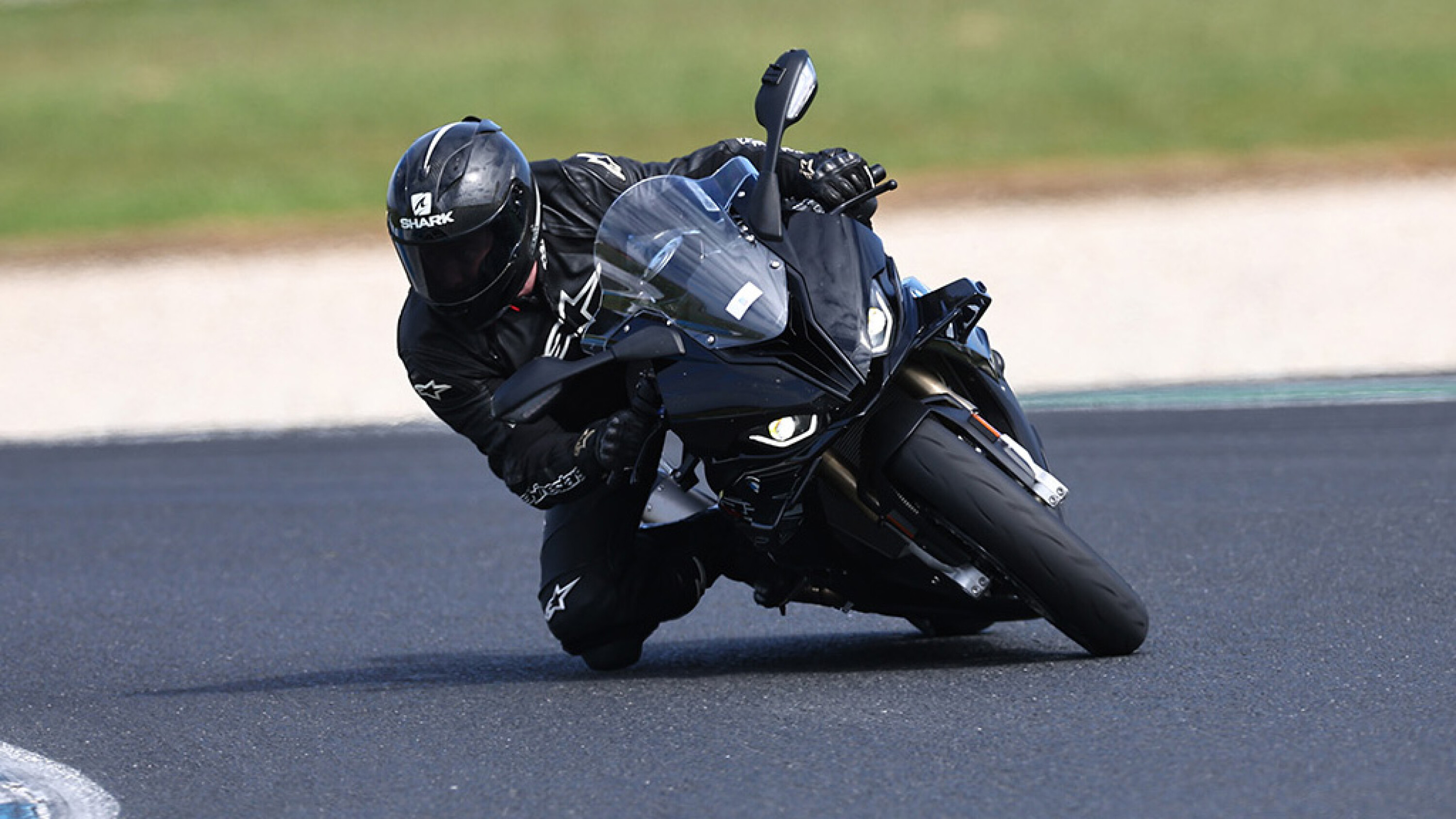
This sure-footedness doesn’t seem to come at the expense of agility, either, with the lighter forged wheels helping the S 1000 RR to change direction fluently through MG and into turn 11.
Having left the riding mode set to ‘Dynamic’ to reacquaint myself with the track’s relentlessly quick sweepers for the first couple of sessions (which felt perfect for fast, consistent laps), it was time to see if I could activate the ‘Slide Control’ function in Race mode.
With the DTC at level two I opened the throttle progressively earlier after each apex, willing my right wrist not to reflexively twitch back in sympathy with my sphincter when the rear tyre started to break loose.
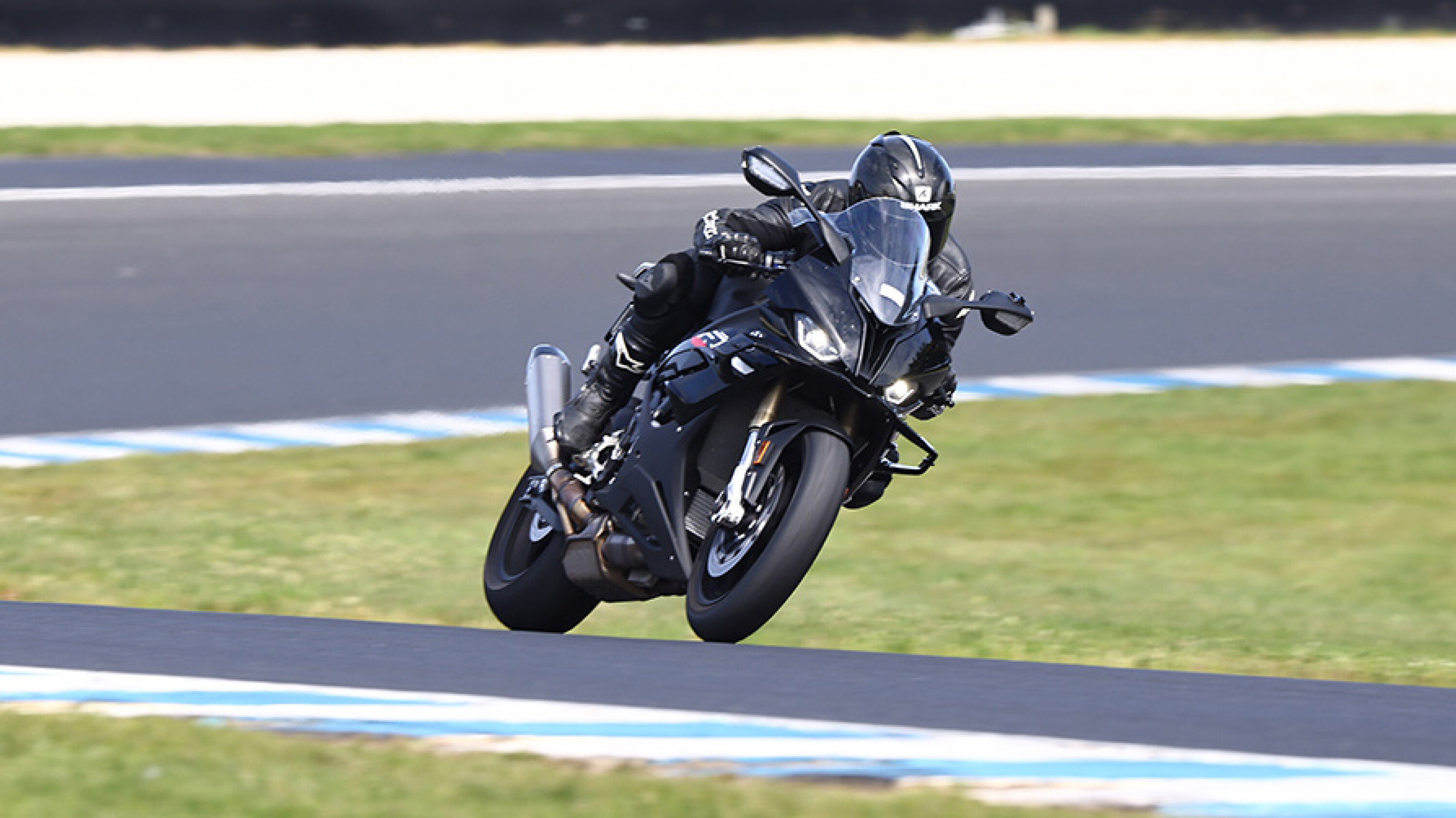
More liberal application of the go-grip allowed me to access more of the searing upper rev range, resulting in slingshot-like acceleration out of Siberia and turn 11.
Although I didn’t manage any drifts that would make it into Casey Stoner’s scrapbook, the hot rear hoop did eventually begin to unglue itself from the tarmac as I hammered the throttle open on exits, a blinking yellow DTC light in my periphery the only indication I had an electronic guardian angel watching over me.
It’s a heroic feeling and given more time (and tyres) it would be a fun skill to practice, but it also served to demonstrate how much earlier I could get on the gas than I had been earlier in the day. More liberal application of the go-grip allowed me to access more of the searing upper rev range, resulting in slingshot-like acceleration out of Siberia and turn 11.
An extra 2.4kW from the upgraded 1000cc inline 4 might not sound like much, but it was already an incredibly potent mill.

At low revs the response is smooth if slightly muted, but as the revs rise you find a surprisingly strong mid-range thanks to BMW’s Shift Cam tech, which debuted on the 2019 model.
Above 10,000 rpm it’s a case of tucking behind the tall screen and hanging on while the engine emits a hard-edged wail and launches you at distant targets with extreme prejudice.
Thankfully the M-badged four-pot brake calipers are more than up to the task of soaking up all that kinetic energy, offering terrific fade-free stopping power and feel without any of the grabbiness that afflicts some other top-end brake set ups.
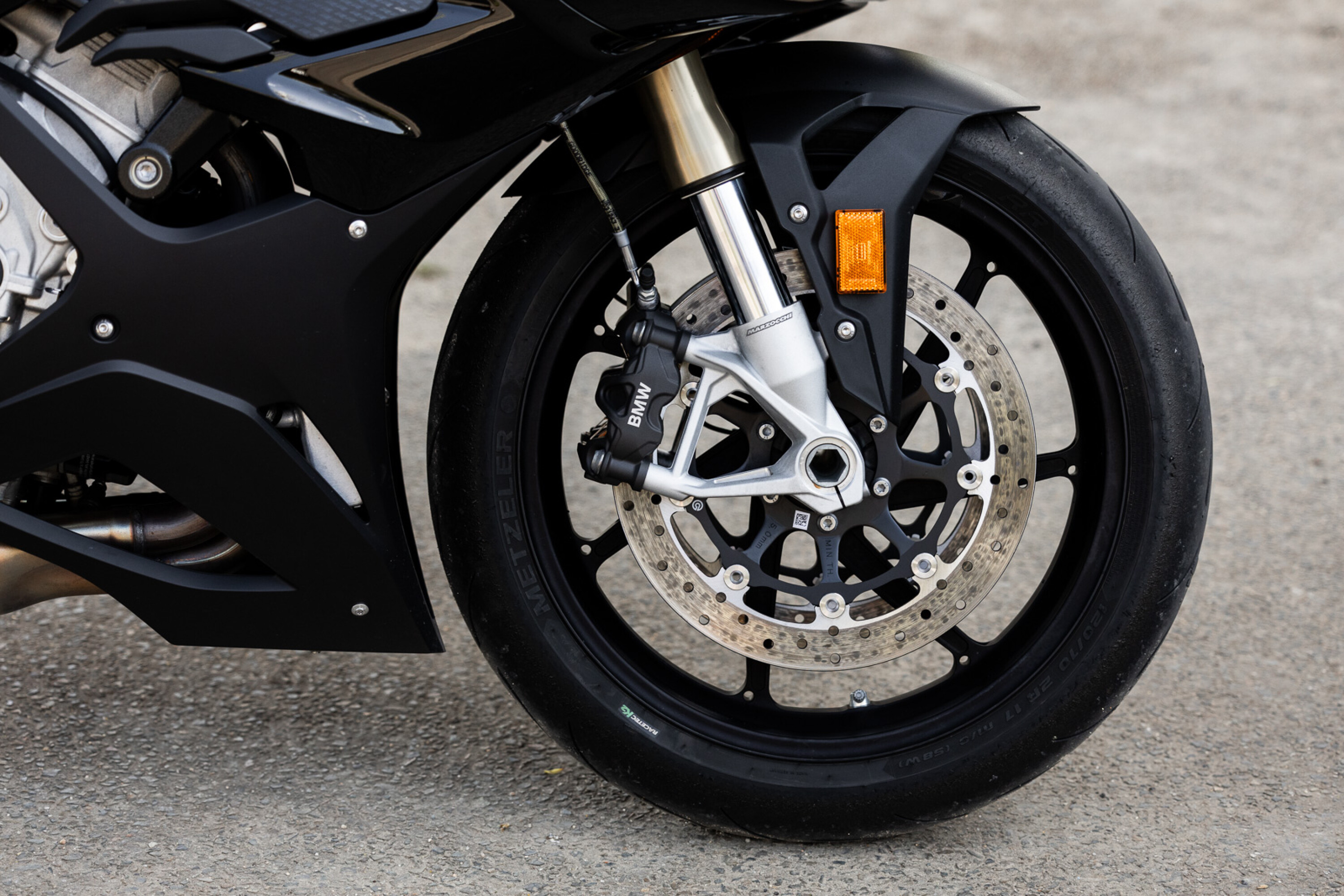
Braking, cornering and accelerative traction is also enhanced by the Dynamic Damping Control, which feels like a game changer on the racetrack.
On a billiard table surface like the Phillip Island GP circuit the DDC has the plush-but-rock-solid feel of well sorted race suspension, and the effect is just as impressive on the road.
Riding a circuitous loop through Victoria’s lush Yarra Ranges, where some road-warts seem deliberately placed to jolt a motorcycle off line, the DDC reacts in milliseconds to riding manoeuvres and surface conditions to maintain a more consistent contact patch of rubber on bitumen.
There must surely be some sort of dark sorcery involved for it to feel so telepathic
This confers a greater sensation of control and flow, enabling you to pick exactly what credit card sized patch of bitumen you’ll hit at the next apex before you’ve finished demolishing the preceding bend.
I don’t pretend to understand exactly how the Motorrad boffins make it all work, but there must surely be some sort of dark sorcery involved for it to feel so telepathic.
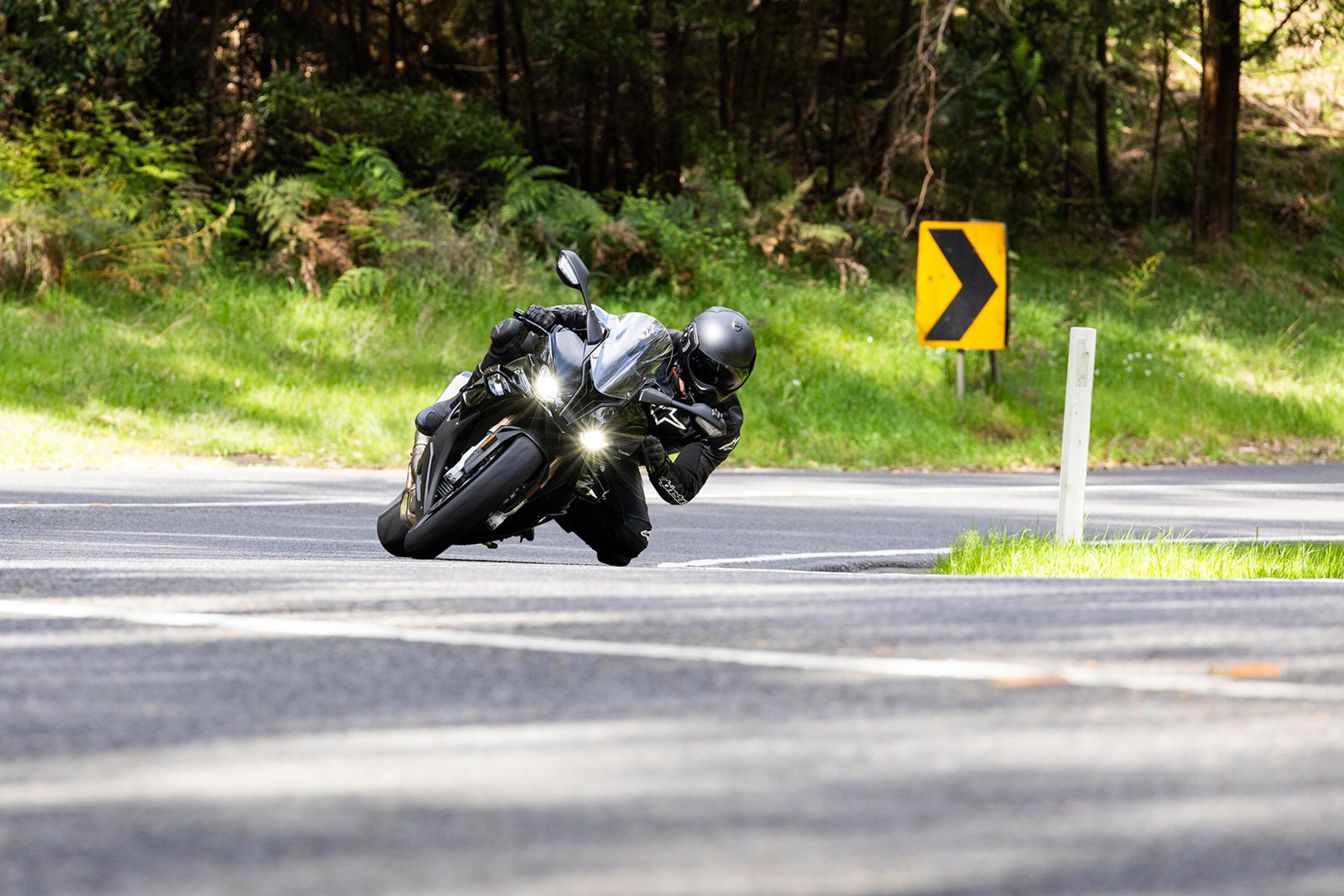
How is the BMW S 1000 RR on fuel?
On a journey that included a freeway cruise followed by some spirited riding in the hills, it averaged 6.5 litres per 100km, yielding a usable range of around 230km from the 16.5L tank.
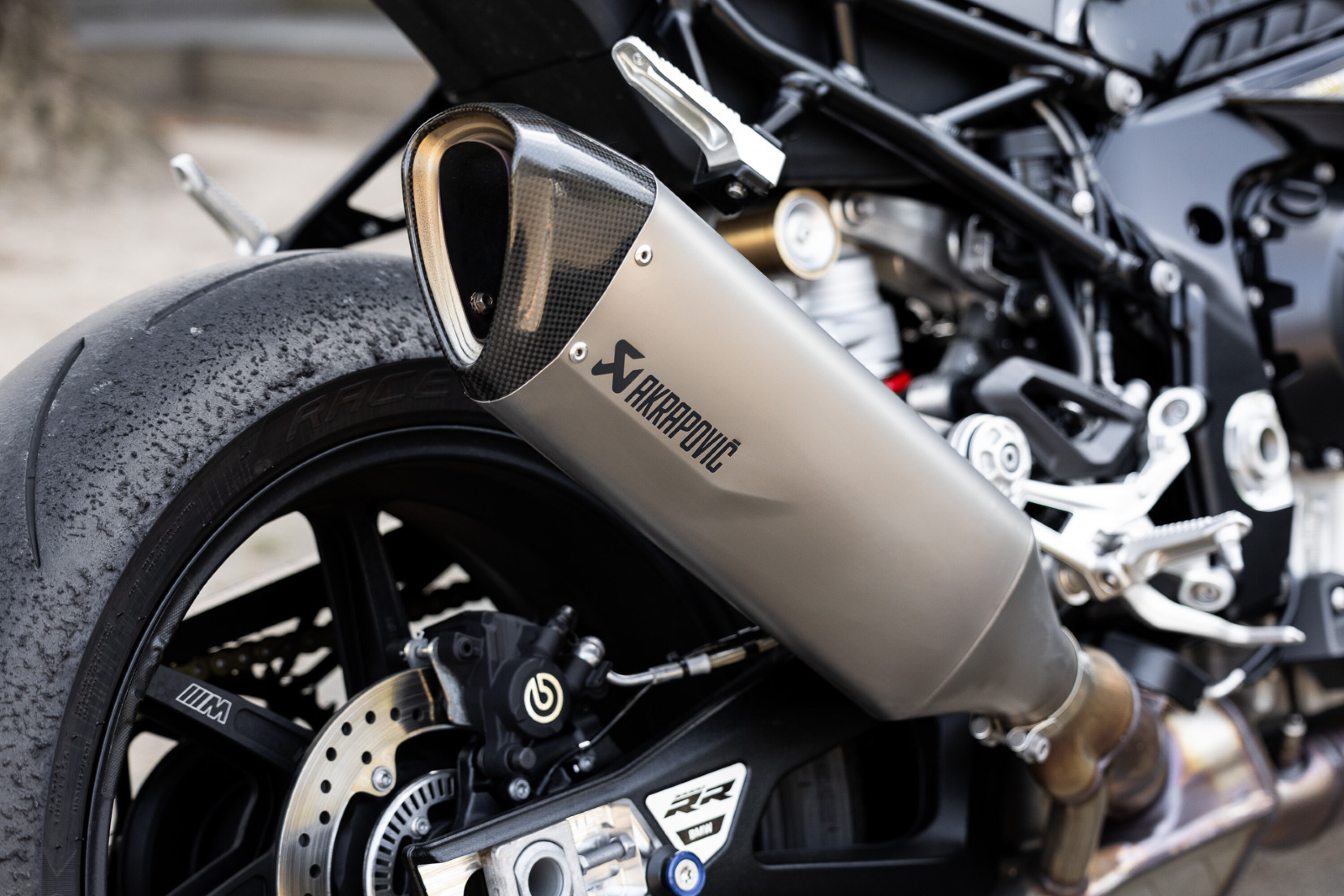
How safe is the BMW S 1000 RR?
Cutting-edge brakes ABS, DTC and wheelie control make this a comparatively safe motorcycle, whether you’re commuting to work in the rain or pushing for a PB at the track.

VERDICT
The gorgeous 2023 S 1000 RR Race fuses safety and user-friendliness with blazing racetrack talent more effectively than any motorcycle I’ve ridden.
According to the clever sport readout I all but equalled my personal best lap times at Phillip Island, but on the ride home I felt like I’d only scratched the surface of the S 1000 RR Race’s track capabilities. This is a bike that will have you daydreaming about all the places you could shave tenths off for weeks after a trackday.
I personally might opt for the $27,690 Sport version, which also comes with the must-have Dynamic electronics package, and then purchase a more acoustically gifted exhaust with the change.
Either way, the updated BMW S 1000 RR is a home run, representing terrific value for such an outrageously fast and sophisticated machine.
| 2023 BMW S 1000 RR Race specifications | ||
|---|---|---|
| Engine | 999cc 4-cylinder, 4-stroke in-line engine (BMW ShiftCam) | |
| Power @rpm | 154.4kW @ 13,750rpm | |
| Torque @rpm | 113Nm @ 11000rpm | |
| Transmission | 6-speed gearbox with straight cut gears | |
| Style | Supersport | |
| Seat height | 824 mm | |
| Wheelbase | 1,457 mm | |
| Suspension travel (front / rear) | 120 mm / 117 mm | |
| Weight | 175 kg (without battery) | |
| Fuel / tank | 98 RON / 16.5 litres | |
| Fuel use L/100km | 6.4 l/100 km (claimed) | 6.5 l/100 km (on test) |
| Front suspension | Upside-down telescopic fork, diameter 45 mm, spring preload, rebound and compression stages adjustable | |
| Rear suspension | Aluminium swing arm, full floater pro, compression and rebound damping adjustable, adjustable spring preload | |
| Brakes (front / rear) | Twin disc brake, diameter 320 mm, 4.5 mm, 4-piston fixed caliper (5 mm M wheels) / Single disc brake, diameter 220 mm, 1-piston floating caliper | |
| Wheels (front / rear) | M Forged 3.50 x 17″ / 6.00 x 17″ | |
| Tyresu00a0 | Front 120/70 ZR17, rear 200/55 ZR17 | |
| ABSu00a0 | BMW Motorradu00a0Race ABS (partial integral), Brake-Slide-Assist | |
We recommend
-
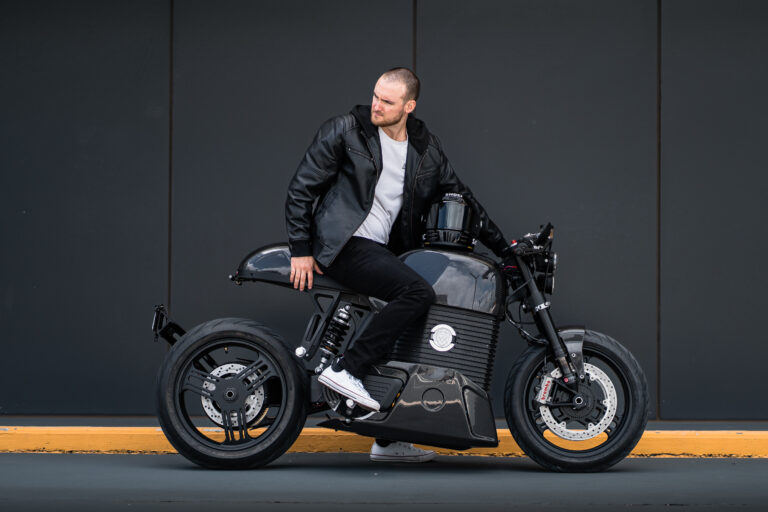 News
NewsA vision realised: Dennis Savic profile
How a young former Ford Australia engineer is bringing his dream of electric motorcycling to life – right here in Melbourne
-
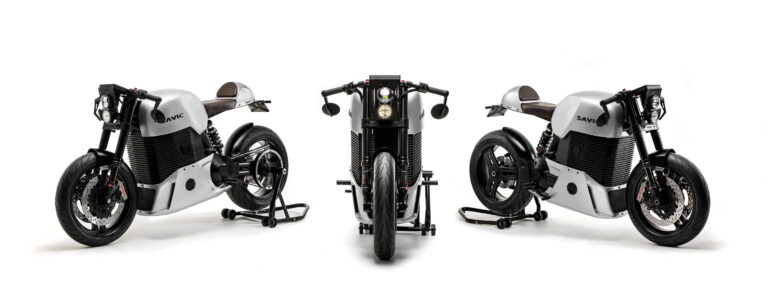 News
NewsSavic Motorcycles aims to kick-start Australian electric manufacturing
Government investment helps to get up-start off the ground
-
 Features
FeaturesMOTOR Track Guide: Phillip Island Grand Prix Circuit
Everything you need to know about one of Australia’s most iconic race tracks



